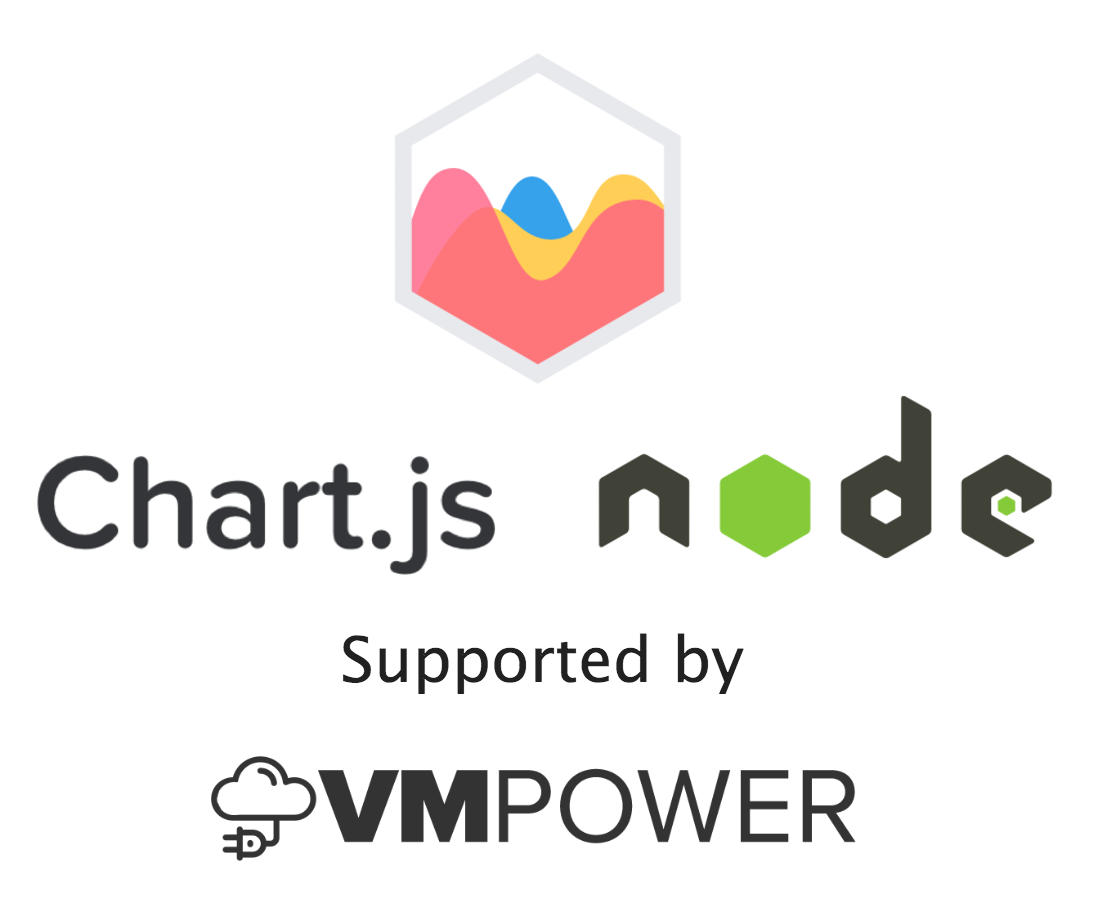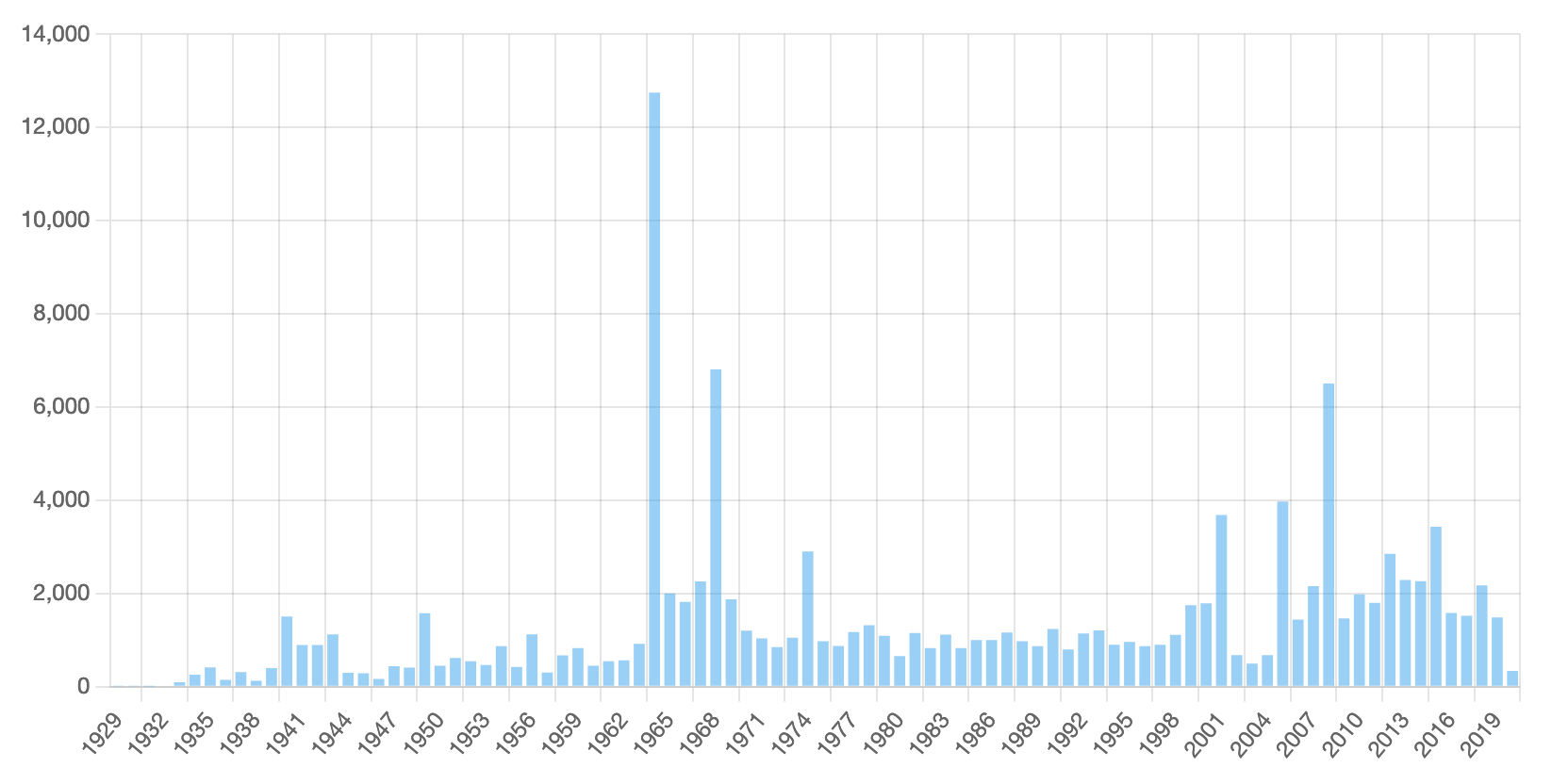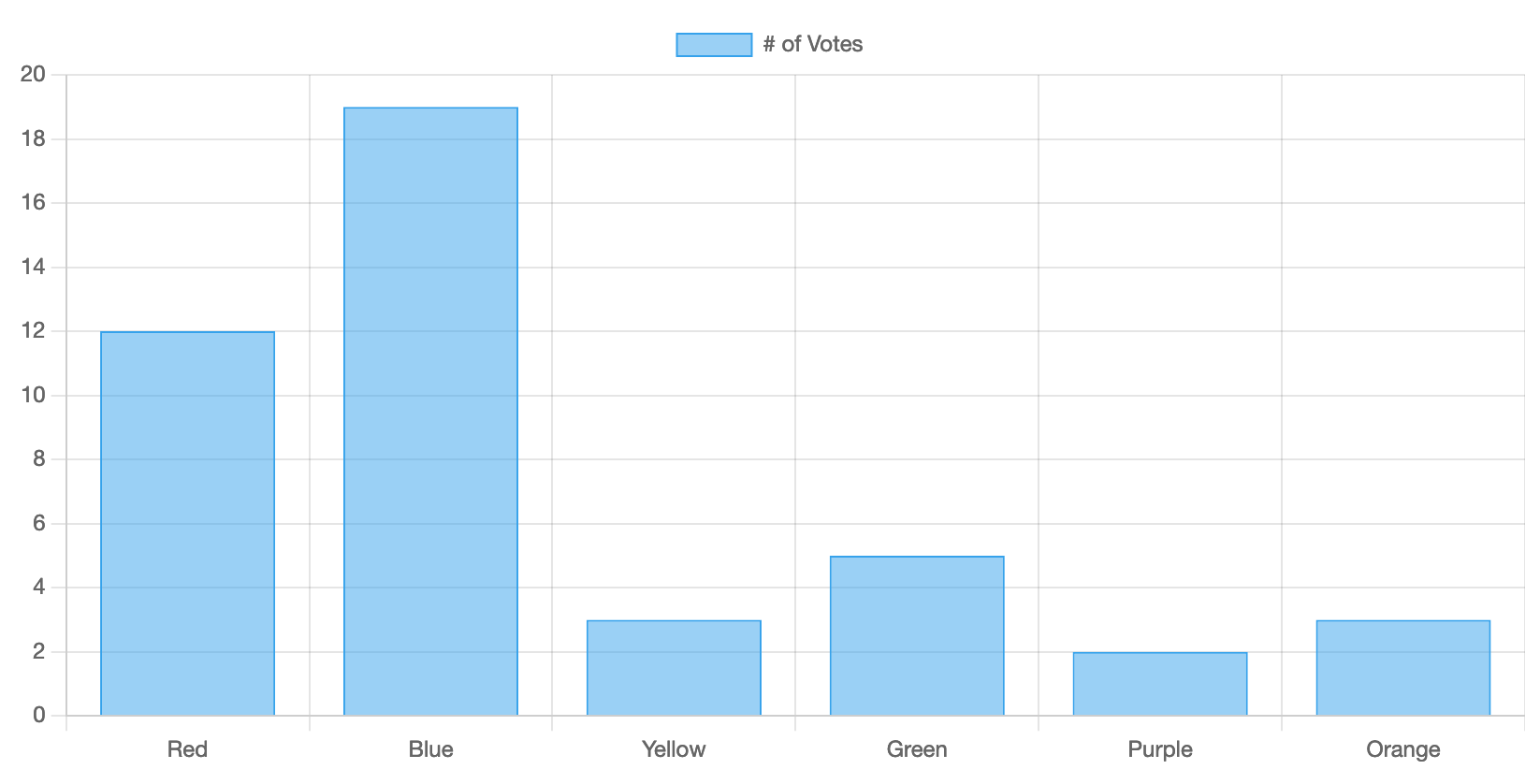Npm I Chart Js
npm i chart js
Associated Articles: npm i chart js
Introduction
With nice pleasure, we are going to discover the intriguing matter associated to npm i chart js. Let’s weave attention-grabbing data and provide recent views to the readers.
Desk of Content material
Chart.js: A Deep Dive into Set up, Utilization, and Finest Practices with npm

Chart.js is a strong, open-source JavaScript charting library that enables builders to simply create all kinds of charts and graphs for his or her net purposes. Its simplicity, ease of use, and in depth customization choices have made it a favourite amongst builders of all talent ranges. This text supplies a complete information to putting in Chart.js utilizing npm (Node Bundle Supervisor), exploring its core options, demonstrating sensible examples, and providing finest practices for integration and optimization.
1. Set up utilizing npm:
Probably the most sturdy and advisable solution to combine Chart.js into your challenge is by way of npm, Node.js’s bundle supervisor. This methodology ensures correct dependency administration, model management, and facilitates seamless updates. Earlier than continuing, guarantee you may have Node.js and npm put in in your system. You may confirm this by operating node -v and npm -v in your terminal.
The set up course of is easy:
npm set up chart.jsThis command downloads the newest secure model of Chart.js and installs it in your challenge’s node_modules listing. This listing accommodates all of the challenge’s dependencies. It is best to then add Chart.js to your challenge. There are a number of methods to do that, detailed under.
2. Importing Chart.js into your challenge:
As soon as put in, you should import Chart.js into your JavaScript information. There are a number of approaches relying in your challenge’s construction and construct course of:
- ES Modules (Fashionable Strategy): That is the popular methodology for contemporary JavaScript initiatives utilizing bundlers like Webpack or Parcel.
import Chart, registerables from 'chart.js';
Chart.register(...registerables);
// ... your chart code ...This imports the Chart object and the mandatory registerables which comprise all of the chart sorts. You then register these sorts utilizing the unfold syntax (...).
- CommonJS (Older Strategy): This strategy is appropriate for initiatives utilizing older construct programs or these not utilizing a module bundler.
const Chart = require('chart.js');
// ... your chart code ...This strategy makes use of require to import Chart.js. Nonetheless, this methodology typically requires further configuration relying in your setting. The registerables methodology continues to be needed for this strategy.
- Direct Script Embody (Much less Really helpful): You too can embody Chart.js straight by way of a
<script>tag in your HTML. That is typically much less advisable for bigger initiatives because it would not combine properly with dependency administration. Nonetheless, for fast prototyping or small initiatives, it may be handy:
<script src="node_modules/chart.js/dist/chart.min.js"></script>
<script>
// ... your chart code ...
</script>Do not forget that even with this methodology, you should guarantee the proper order of together with scripts and that the registerables are included within the right method, both by way of a devoted script or throughout the identical script that makes use of Chart.js.
3. Creating your first Chart:
Let’s create a easy bar chart for instance the fundamental utilization. We’ll use the ES Modules strategy:
import Chart, registerables from 'chart.js';
Chart.register(...registerables);
const ctx = doc.getElementById('myChart').getContext('2nd');
const myChart = new Chart(ctx,
sort: 'bar',
knowledge:
labels: ['Red', 'Blue', 'Yellow', 'Green', 'Purple', 'Orange'],
datasets: [
label: '# of Votes',
data: [12, 19, 3, 5, 2, 3],
backgroundColor: [
'rgba(255, 99, 132, 0.2)',
'rgba(54, 162, 235, 0.2)',
'rgba(255, 206, 86, 0.2)',
'rgba(75, 192, 192, 0.2)',
'rgba(153, 102, 255, 0.2)',
'rgba(255, 159, 64, 0.2)'
],
borderColor: [
'rgba(255, 99, 132, 1)',
'rgba(54, 162, 235, 1)',
'rgba(255, 206, 86, 1)',
'rgba(75, 192, 192, 1)',
'rgba(153, 102, 255, 1)',
'rgba(255, 159, 64, 1)'
],
borderWidth: 1
]
,
choices:
scales:
y:
beginAtZero: true
);This code snippet first imports Chart.js, registers the chart sorts, then will get the 2D rendering context from a canvas component with the ID "myChart". It then creates a brand new chart occasion specifying the chart sort, knowledge, and choices. The information consists of labels for the x-axis and datasets containing the info values, background colours, and border colours. The choices permit for personalisation, equivalent to setting the y-axis to begin at zero. Keep in mind to incorporate a <canvas> component with the ID "myChart" in your HTML file:
<canvas id="myChart"></canvas>4. Chart Varieties and Customization:
Chart.js helps all kinds of chart sorts, together with:
- Bar charts: Ideally suited for evaluating totally different classes.
- Line charts: Appropriate for exhibiting tendencies over time.
- Scatter charts: Helpful for visualizing relationships between two variables.
- Pie charts: Efficient for exhibiting proportions of an entire.
- Doughnut charts: Just like pie charts however with a gap within the heart.
- Radar charts: Good for evaluating a number of variables in opposition to a standard scale.
- Polar space charts: Just like radar charts however with space filling.
- Bubble charts: Extends scatter charts by including a 3rd dimension represented by bubble dimension.
Every chart sort provides in depth customization choices by way of the choices object. You may customise axes labels, colours, fonts, legends, tooltips, animations, and way more. The official Chart.js documentation supplies a complete listing of configuration choices for every chart sort.
5. Superior Utilization and Finest Practices:
- Knowledge Dealing with: For giant datasets, think about using strategies like pagination or knowledge aggregation to enhance efficiency.
- Responsiveness: Guarantee your charts are responsive through the use of CSS media queries or Chart.js’s built-in responsive options.
- Accessibility: Implement accessibility finest practices, equivalent to offering different textual content for charts and utilizing applicable shade contrasts.
- Error Dealing with: Implement correct error dealing with to gracefully handle potential points, equivalent to lacking knowledge or invalid enter.
- Plugins: Lengthen Chart.js performance through the use of plugins. Many community-created plugins can be found, including options like zooming, panning, and knowledge annotations.
- Efficiency Optimization: For advanced charts with giant datasets, take into account optimizing your code for efficiency. Strategies like utilizing environment friendly knowledge buildings and minimizing DOM manipulations can considerably enhance rendering velocity.
6. Conclusion:
Chart.js provides a strong and versatile solution to combine interactive charts into your net purposes. Its ease of use, in depth customization choices, and huge neighborhood assist make it a helpful software for builders of all talent ranges. By following the set up and utilization directions outlined on this article, and by adhering to finest practices, you may leverage the complete potential of Chart.js to create visually interesting and informative knowledge visualizations on your initiatives. Keep in mind to seek the advice of the official Chart.js documentation for probably the most up-to-date data and detailed explanations of its options and capabilities. Steady exploration and experimentation will unlock the complete potential of this versatile library and allow you to create compelling knowledge visualizations on your purposes.








Closure
Thus, we hope this text has supplied helpful insights into npm i chart js. We hope you discover this text informative and helpful. See you in our subsequent article!